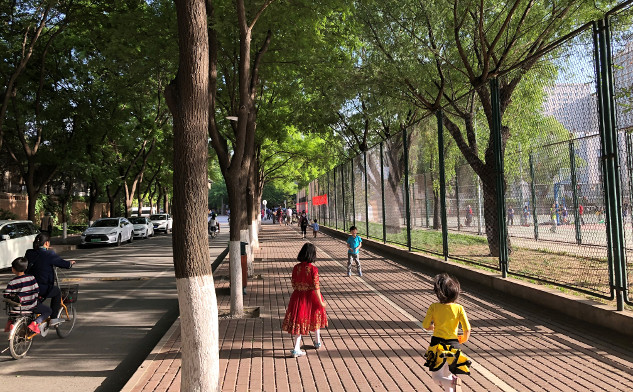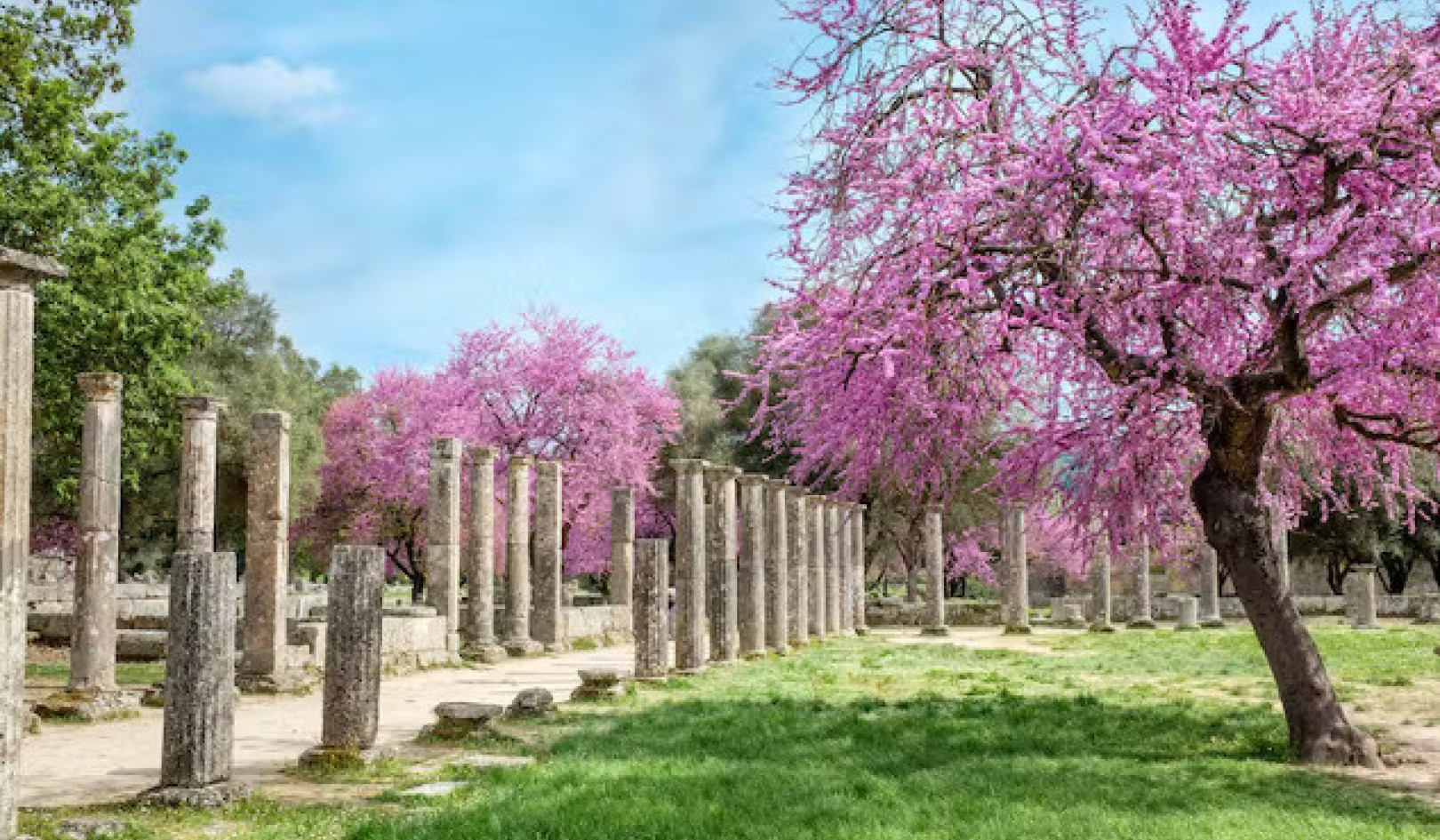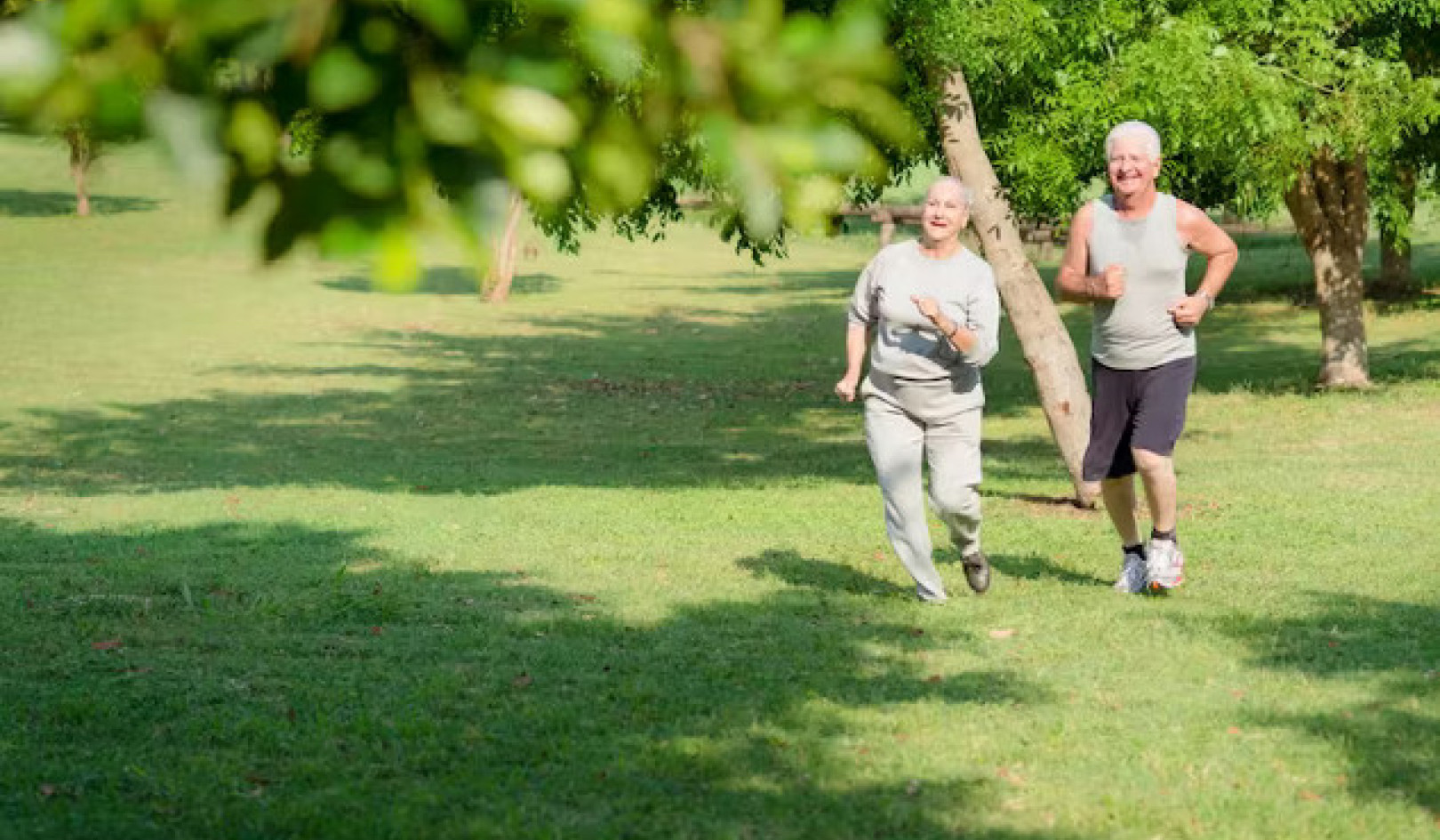
Mental health is an ever-growing concern in the United States, particularly among older adults. According to the 2020 National Survey of Drug Use and Health, approximately 21% of U.S. adults have experienced mental illness, with this burden being slightly higher in states like Washington. Among older adults, this issue is even more pressing; one in five American adults over the age of 55 faces mental health challenges like depression, anxiety, and mood disorders. Despite this, mental health conditions in this demographic are often underdiagnosed and undertreated.
The implications of mental health diseases in older adults are significant. Depression in this group is linked with a higher risk for dementia, cardiovascular disease, and even suicide. With a rapidly aging population, addressing mental health in older adults is becoming increasingly critical.
Influence of the Built Environment
An emerging body of research is shedding light on the influence of the built environment, mainly green and blue spaces, on mental and physical health outcomes. Green spaces, such as parks and forests, have been associated with reductions in stress and psychological distress. In particular, tree canopy and forest spaces have shown a marked impact on improving general health and reducing psychological distress. Similarly, the concept of blue space, which includes visible water bodies like rivers and lakes, is gaining recognition for its potential health benefits.
Internationally, studies have shown that older adults benefit significantly from increased access to green and blue spaces. In countries like Korea, China, and Australia, greater availability of green space has been linked to improved self-rated health and mental well-being in this demographic. In the United Kingdom, proximity to blue spaces was associated with lower anti-depressant prescriptions among older adults.
Building on this knowledge, a recent study conducted in the Pacific Northwest region of the U.S., specifically in urban ZIP codes of Washington state, examined the relationship between green and blue spaces and mental health among older adults. This study is particularly relevant given the region's slightly higher mental health burden than the national average.
Green Space and Better Health
The study developed multiple exposure measures for green and blue spaces. It examined their association with severe psychological distress, general health, and frequent mental distress. Findings revealed that a higher percentage of green space, especially tree canopy and forest space, was significantly associated with better self-rated general health and reduced odds of severe psychological distress. Additionally, closer proximity to blue spaces correlated with improved general health.
These results align with previous research, underscoring the importance of green and blue spaces in urban environments for the mental health of older adults. The study's findings suggest that programs incentivizing exposure to these natural environments could benefit this demographic.
The implications of this research are far-reaching. For urban planners and public health policymakers, these findings highlight the need to preserve and incorporate green and blue spaces in urban areas. Such initiatives could significantly improve the mental and general health of older adults, a group that is often overlooked in urban planning.
The study adds to a growing body of evidence that green and blue spaces play a crucial role in enhancing older adults' mental and general health, especially in urban settings. These natural environments offer a simple yet effective means of addressing the mental health crisis among the aging population. Readers are encouraged to access the full report through the provided link for a more detailed exploration of the study and its findings.
Related Books:
The Body Keeps the Score: Brain Mind and Body in the Healing of Trauma
by Bessel van der Kolk
This book explores the connections between trauma and physical and mental health, offering insights and strategies for healing and recovery.
Click for more info or to order
Breath: The New Science of a Lost Art
by James Nestor
This book explores the science and practice of breathing, offering insights and techniques for improving physical and mental health.
Click for more info or to order
The Plant Paradox: The Hidden Dangers in "Healthy" Foods That Cause Disease and Weight Gain
by Steven R. Gundry
This book explores the links between diet, health, and disease, offering insights and strategies for improving overall health and wellness.
Click for more info or to order
The Immunity Code: The New Paradigm for Real Health and Radical Anti-Aging
by Joel Greene
This book offers a new perspective on health and immunity, drawing on principles of epigenetics and offering insights and strategies for optimizing health and aging.
Click for more info or to order
The Complete Guide to Fasting: Heal Your Body Through Intermittent, Alternate-Day, and Extended Fasting
by Dr. Jason Fung and Jimmy Moore
This book explores the science and practice of fasting offering insights and strategies for improving overall health and wellness.



























